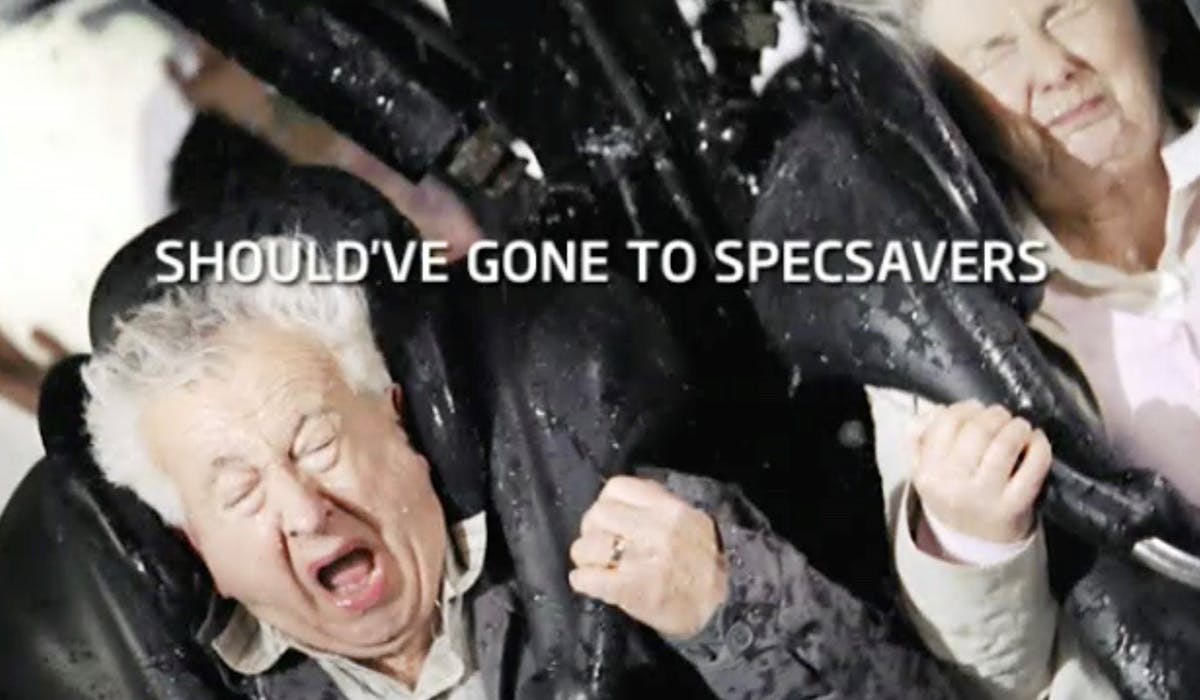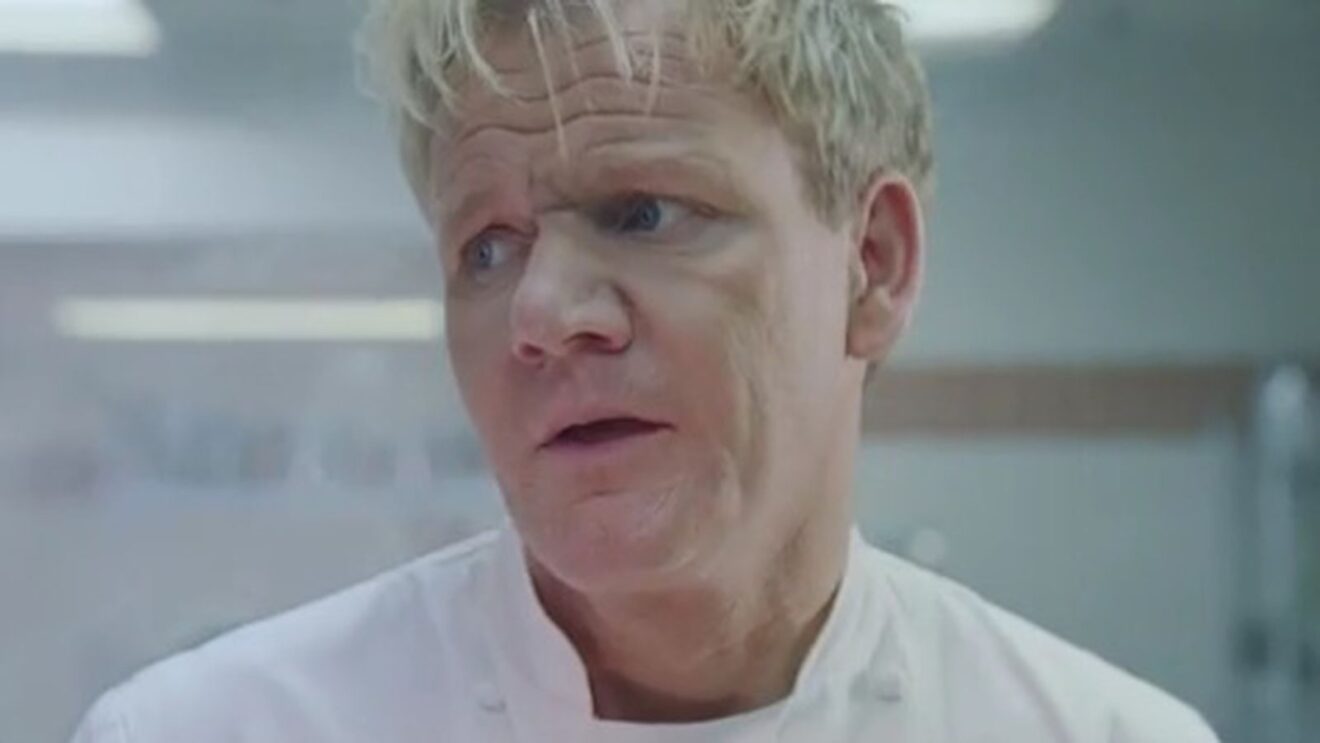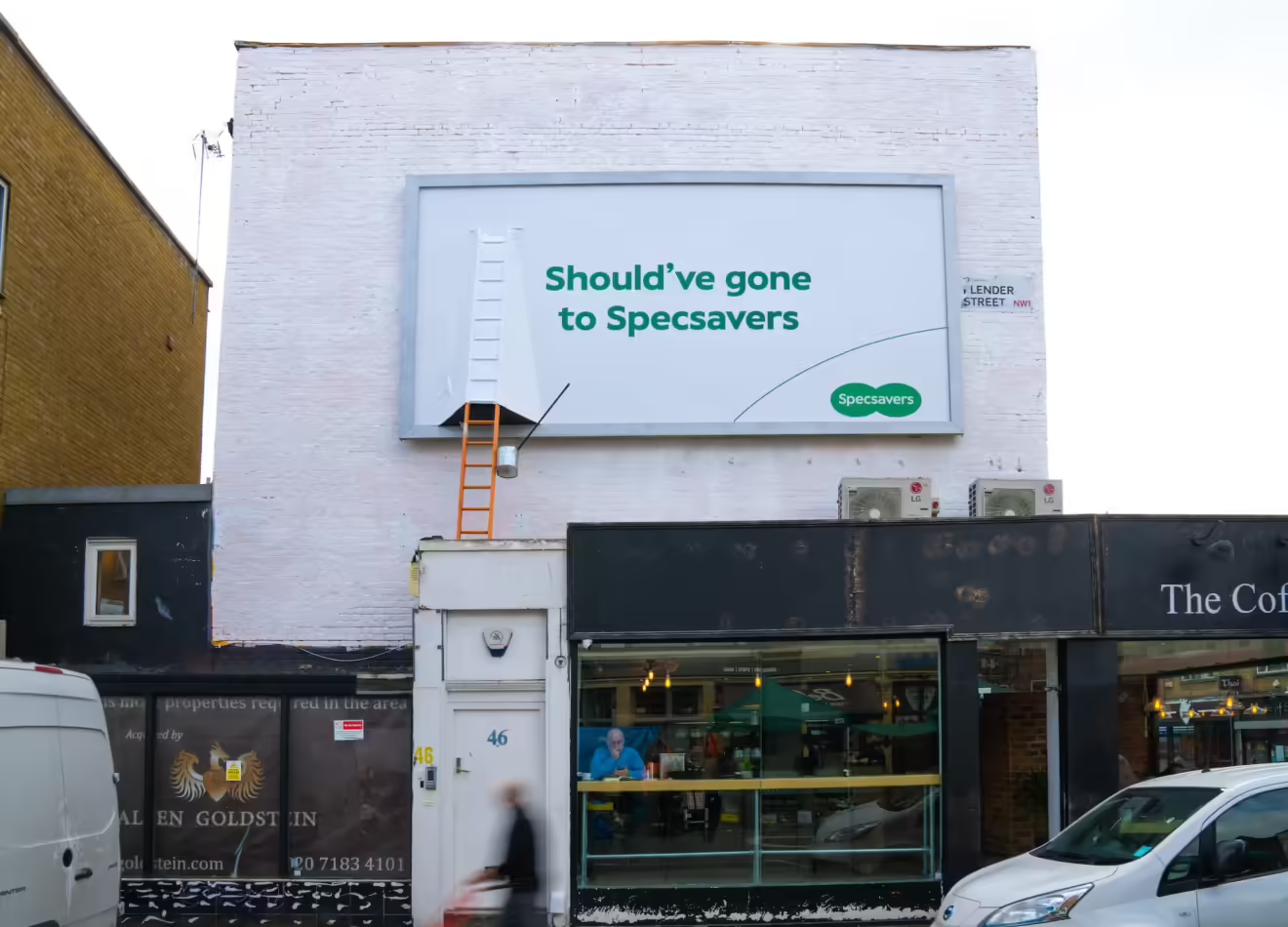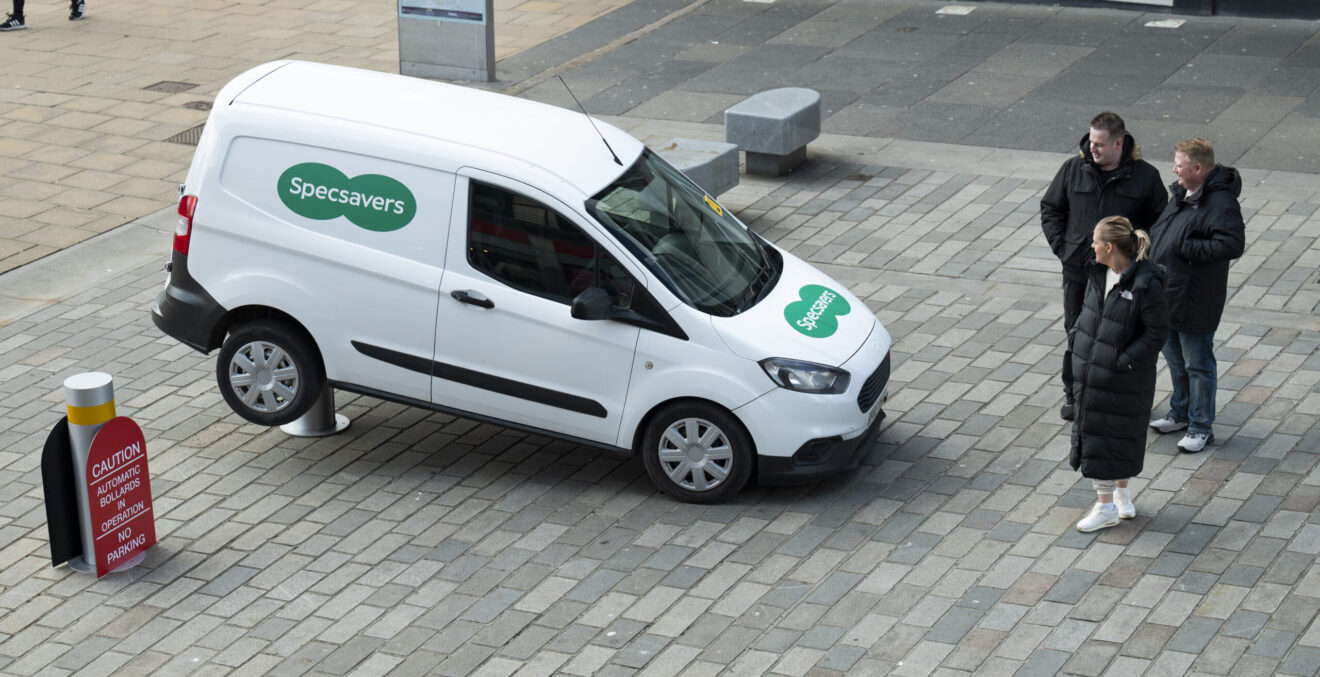Long-Sighted: How Specsavers Made One Great Idea Last for Decades

A common complaint in the world of modern marketing is the sheer speed at which the industry moves.
Trends appear and disappear before you’ve even had the chance to jump on them, and relentless competition means that social platforms in particular are like a baby bird, open-beaked, incessantly calling for fodder in the form of new, better and more engaging content.
Marketing was easier before the internet, we cry; the pace slower, the lifecycle of a great idea longer. While there’s a grain of truth in this, there are also examples of brands like UK optometrists Specsavers, that have successfully ridden the wave of the digital revolution on the back of a SINGLE great campaign.
So how did they do it? And what can other brands learn from their story? Let’s take a closer look.

A cultural icon is born
The ‘should’ve gone to Specsavers’ TV ad campaign was first launched in 2002. Rumour has it that the line was just a simple quip by an exec in a marketing meeting that got picked up by a new creative team, ready to shake things up a bit after years of playing it safe.
The humour of that first advert landed immediately – a rugged Irish farmer mistakenly shears his sheepdog while the horrified ewes look on – and set the tone for a campaign based on a series of highly relatable eyesight-adjacent gaffes.
Highlights of the series included a Christmas ad where a myopic mum flambés the turkey instead of the Christmas pudding; a pair of OAPs mistaking a rollercoaster ride for a park bench; a vet who calls the crash trolley for his colleague’s (not breathing) furry hat; and a short-sighted kid who mistakes the garage door opener for his toy car remote, with disastrous consequences.

Time for change?
By 2005, almost 30% of UK glasses wearers could spontaneously recall a Specsavers advert and sales were growing – but Specsavers was lagging behind its competitors on KPIs like professionalism, quality and style. Concerned they weren’t being taken seriously, they ditched the humour in favour of more abstract, style-conscious campaigns – and their brand engagement plummeted. Three years later, they swallowed their pride and resurrected ‘Should’ve’.
Since then, the campaign has seen celebrity cameos from Gordon Ramsay, John Cleese (as Basil Fawlty), Joanna Lumley, the Thunderbirds and Postman Pat. The ‘Should’ve gone to Specsavers’ slogan has been quoted everywhere from the commentary box at Wembley stadium to the House of Commons.
Most importantly, it’s entered the national lexicon. People yell it at football referees and mutter it when their husband can’t find his car keys. ‘Should’ve gone to Specsavers’ has become just a thing we say.
Meanwhile Specsavers remains the market leader for optometry, owning more than 1,000 stores in the UK and Ireland, offering eye care to over 13 million people across these regions each year, and generating £2bn in UK revenue in 2023.
So what can other brands learn from Specsavers?
In the grand scheme of things, there are very few brands that will ever have an advert on national TV in the UK, never mind a 20-year campaign that’s become as familiar to us as a pair of comfy old slippers. But whether your business is new or established, large or small, there are things we all can learn from the ‘Should’ve campaign’:
1. Never underestimate the power of a good idea
In today’s world, there’s a strong tendency to feel like you have to be always doing something ‘new’, lest your brand gets left behind. On social media in particular, there are so many trends and they change so fast it can feel like you’re inside a pinball machine, bouncing from one thing to the next with no real plan except to stay in the game by any means possible.
After 3 years of ‘Should’ve’, even Specsavers were doubting themselves – concerned about keeping up with the Joneses and afraid of not being innovative or cool enough. But this campaign is living proof that one great idea can outlast and outperform a hundred mediocre ideas – and that long-term recognition is worth far more than short term impact, if you’ve got the courage of your convictions.
Remember, slogans like Nike’s ‘Just Do It’ or Guinness’ ‘Good things come to those who wait’ didn’t become successful overnight – it’s just that after many years of use, none of us can remember a time when they weren’t instantly recognisable.
Long story short: if you have a campaign idea or even simply a brand USP that you truly believe in, and that resonates with your customer, it’s OK (and indeed sensible) to stick with it. If it ain’t broke, you don’t have to fix it in the name of being innovative.
2. Relatable always wins
The ‘Should’ve’ campaign is so successful because it’s universally relatable, even if you don’t wear glasses.
Relatability is a key ingredient of all successful marketing – specifically content-based marketing – because at their core, human beings are still social and emotional creatures.
When we see our own experiences, challenges or feelings reflected in content, we resonate with that content on an emotional level – we laugh, we cry, we feel validated and encouraged. These emotions drive trust and engagement, while also making content more memorable, and building long term loyalty to the brands we feel ‘get’ us. This theory holds true whether you’re working in the B2C or B2B space, because no matter what people are buying, they ultimately make decisions with their hearts.
The key takeaway? Audience profiling is absolutely key to successful marketing – understanding who your customers are, what they think, how they feel, what challenges they’re facing and how they speak. Reflect this back to them in your messaging, and you’re onto a winner.

3. Evolve or die
Specsavers is a success story – but it’s not a fairytale. The brand didn’t just get lucky with a great idea and ride off into the sunset counting their billions. While ‘Should’ve’ has proven its extraordinary accessibility and longevity, Specsavers have had to work hard to keep the campaign alive and thriving in a changing media landscape.
By the mid-2010s, Specsavers was facing dwindling reach from its TV campaigns despite large budgets, caused by social media fragmenting the audience’s attention. Fortunately, the ‘Should’ve’ campaign already had all the ingredients required to succeed on social – humour, and everyday relatability.
The brand adopted an always-on strategy – an approach that’s proved successful for others including Aldi, Weetabix and Ikea – with platform specific content that includes style-forward and influencer content as well as funny trends, plus on-point community engagement that invokes ‘Should’ve’ wherever possible.
As a result, Specsavers doesn’t have to wait for the next campaign cycle or spend big bucks on heavily produced ads – they’re letting the opportunities come to them, and leveraging the power of social to make out-of-home ad campaigns go viral online.

Examples include their response to CNN reporter Wolf Blitzer, who posted a photo of himself reporting on the COP26 climate summit in Glasgow, with Edinburgh Castle in the background. “Should’ve gone to Glasgow’ came the perfectly-timed retort from Specsavers.
And in 2022 when pop star Anne Marie fell on stage during her performance at the Brit Awards, Specsavers tweeted at her: “Your next visit’s on us x”. A year later, the glasses-wearing singer released a frame collab with the brand.
The lesson? No matter how big your brand and budget are, if you’re not meeting your audience where they’re at, you won’t get results. Consumer behaviour changes all the time so while you don’t always need a new idea, you DO always need to be thinking about how you can adapt that idea for new platforms and new generations. Staying at the forefront is hard work, but it’s also where the biggest opportunities lie.
Need help to build your brand?
We’ve got 25 years of experience helping B2B brands cut through in crowded marketplaces, developing a unique identity and voice that makes them relatable, memorable and successful. Get in touch to discuss your marketing needs today.